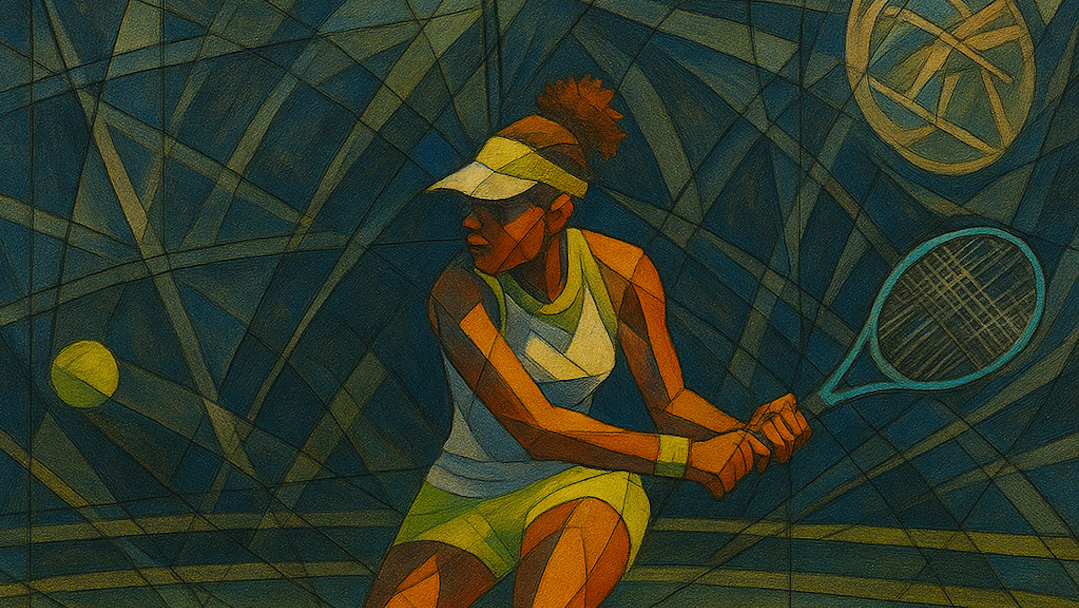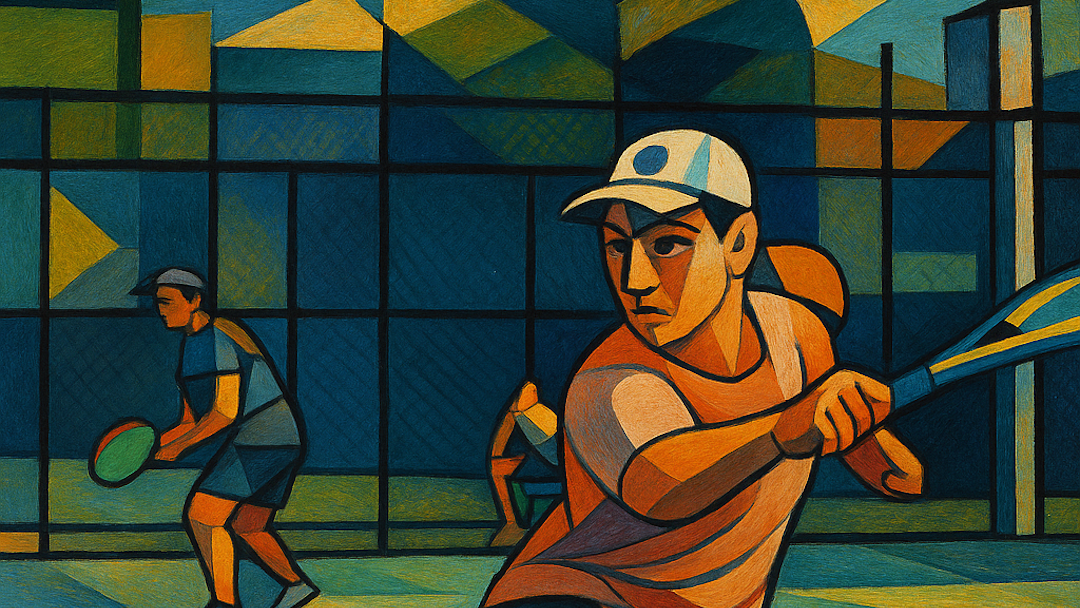Gerry Donohue is a professional writer from Washington, D.C., and a self-avowed avid tennis player. He is not a teaching professional or a well-established competitive player, as evidenced by his 4.0 NTRP rating, which was last updated in 2011. Quite frankly, I put off reading his two tennis instructional books because I harbored serious reservations over whether he could deliver value for someone competing at my level. Those concerns turned out to be unfounded.
Like the doubles version of Donohue’s book reviewed last week, Winning Singles Strategy for Recreational Tennis Players: 140 Tips and Tactics for Transforming Your Game is based on the idea that the fastest path to higher performance for most players is using better strategy rather than improving technique. This idea has merit and yields a book full of ideas that players of any skill level can immediately implement in their matches. While there is no such thing as a quick fix, some of the tips in this book come close.
While the overarching idea in the doubles volume focused on quick improvement through better court positioning, the central theme for the singles edition is hitting the ball to better spots. Much of the book is filled with wisdom about where to hit the ball and when to do it. Donohue does an effective job of explaining the why behind that idea, which is essential for a tennis player to problem-solve throughout a match.
Winning Singles also emphasizes the importance of consistency and makes the fundamental observation that the player who keeps hitting the ball back into the court will enjoy a decisive advantage. Donohue scoffs at the idea that spending time improving technique is an effective way to develop that aspect of the game. It seems like he is saying that the best way to improve consistency is to intentionally practice that aspect of the sport.
Along those same lines, Donohue spends considerable time discussing court geometry and how that affects which shots can be played most consistently. The fact that the net is lower in the middle and that there is more court to work with when hitting cross-court should be seared into every player’s brain.
Winning Singles also preaches the virtues of identifying an opponent’s weakness and pounding it relentlessly. It particularly resonated with me when Donohue recommends exploiting your opponent’s vulnerabilities until it feels unsportsmanlike… and then doing it some more. He also embraces many of the principles found in Brad Gilbert’s book, “Winning Ugly.” The way he expresses it is, “The winner would rather win than look good; the loser would rather hit hard than win.”
There is some advice in this book that some might find controversial and a few things that I outright disagreed with. For example, he advises against having a “Plan B” and recommends that a player always play their game. That might work well for the mid-level NTRP rated players in Donohue’s target audience, but having multiple ways to win points along with the flexibility to adjust tactics as the match progresses is essential in highly competitive matches. However, I still found material in Winning Singles that supports the mental agility required in those situations.
One of the more valuable sections of Winning Singles is a framework for understanding when to play more aggressively and when to dial it back and play more defensively. Donohue highlights how moving forward into the court takes time away from the opponent. He also advocates for getting into better shape, as conditioning is critically important for singles play.
I found this book to be a “90% solution” with strategy and tactics that will generally work well. However, for highly competitive matches, flexibility and adaptability become paramount in the remaining 10%. True mastery of tennis singles requires the ability to adjust generic rules of thumb and conventional wisdom to the situation.
I highly recommend Winning Singles Strategy for Recreational Tennis Players: 140 Tips and Tactics for Transforming Your Game. Donohue offers a fresh perspective on improving tennis performance through strategic thinking in a way that can benefit all players. While some of his recommendations may warrant skepticism, the overall framework provides a solid foundation for improving singles play. Recreational players seeking practical insights to elevate their game should consider this book as an investment.
Fiend At Court participates in the Amazon associates program and receives a paid commission on any purchases made via the links in this article. Details on the disposition of proceeds are available on the “About Fiend at Court” page.





I’d tend to agree with him concerning his advising against having a Plan B. There’s a reason why each player has a Plan A and goes with it, as this is our strengths. Play to your strengths more than your opponents’ weaknesses, but both obviously good things. This doesn’t mean not having different tactics or strategies, or trying different things occasionally. But sticking to what you do best for any level for any sport is going to give you the best chance of succeeding overall.